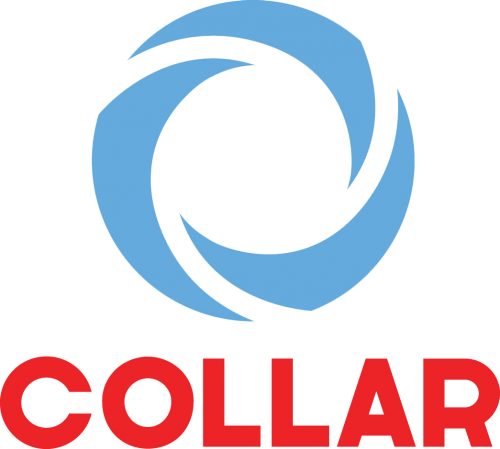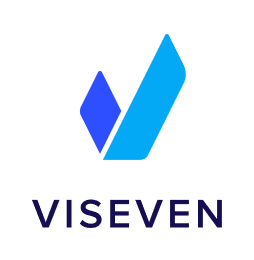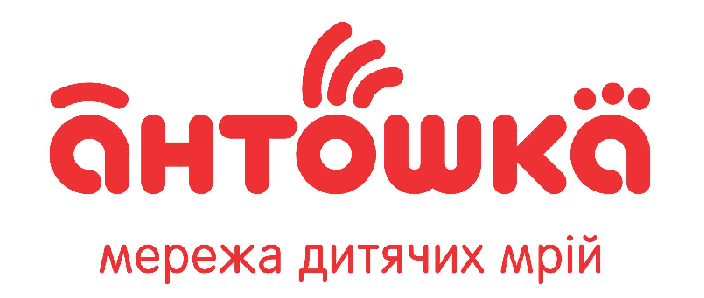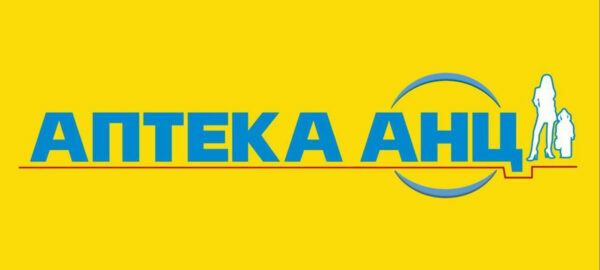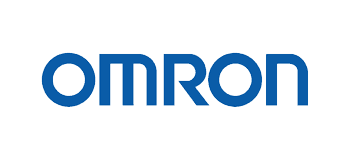
Updates in Workshops and other new features in 1.24 version
What`s new in Collaborator v.1.24.0:
- Updated and new functions of Workshop
- New Information Blocks and creative approaches to informing
- Monitoring of learning resource reading and reviewing
- Information Blocks at login page
- Features for directors
- Monitoring of work tasks solving
- Assigning test for subordinates
- Improved reports
- Transition to reports on each program or course element
- “Verification pending” status at program or course element
- Improved resources
1. Lots of upgrades in Workshop functions
Workshops are intended for giving practical tasks to a group of users and tracking of task solving by each individual user.
A leader and participants could negotiate about task solving and share files during a discussion. On a completion of the workshop, the leader could give a grade for the task on a scale from 0 to 100.
What’s new in Workshop functions:
1.1. Reports on workshops are unified to other reports in the system.
“Iceberg” of academic performance review, diagram of accessing to a task and user statistics are enabled now. Same as in previous version, transition to an individual discussion on the workshop is performed from the report by pressing ![]() button.
button.

1.2. We improved assessment and commenting interface. .
Now it possible to assess and comment simultaneously.

he given grade is highlighted at the commentary.

1.3. The whole conversation protocol could be printed by pressing “Print” button.
If there is a need to save the whole conversation with a user in printed form, it could be made by pressing “Print” button. The complete discussion protocol would be sent to a printer. Or it could be save as PDF by means of a browser.
1.4. The workshop report could be exported to MS Excel format for future analysis and processing
Export of workshop report data in Excel format was added in this version. Obtained data could processed by any means of MS Excel.
1.5. User study history includes workshop results now.
If the workshop was a separate task out of a course or a training program, information about it could be found both in “All tasks” tab and in stand-alone “Workshop” tab in the study history.
1.6. If the workshop was a separate task out of a course or a training program, information about it could be found both in “All tasks” tab and in stand-alone “Workshop” tab in the study history..
If new messages about the workshop were received from the users, the number of this unviewed commentaries would be highlighted at the report. Thanks to this, the leader could easily find those users, who waits for an answer. This number would be dropped from the report after reviewing.

1.7. Browser push-messages.
Workshop participants would be receiving browser push-messages about new commentaries in the discussion of their task. The same messages would be sent by email.
1.8. Director access to report
The system is capable of providing directors with an access to reports about employees either in workshops or in any other task. This way, the direct could control task execution by own subordinates. However, he would not have and access to somebody else’s subordinates.
2. New Information Blocks and creative approaches to informing
Now it possible to create an information block with HTML-content at home page . Therefore, any design solution with animation, multimedia, etc. is possible now. However, it should be noted that this block could slow down loading of portal’s main page if it would contain massive information.

3. Monitoring of learning resource reading and reviewing
Collaborator allows monitoring of user’s learning process on a specific resource. Report on opening task with an information resource shows how many times this resource was viewed by the employee and how much time was spent for each part of it. Collaborator keeps track of user’s activities at the following resource types: page, audio file, presentation, video, gallery, PDF file, SCORM, ePub, Google Document.
Reviewing process is reflected graphically:

vertical axis – percentage of resource reviewing; horizontal axis – time elapsed (minutes)
4. Information Blocks at login page
Now, it is possible to create two information blocks at portal’s login page – to the left and to the right of authorization form. Any HTML-code could be inserted into the information blocks. All kinds of image, video and action target, which are displayable by browsers, could be used in these blocks.

5. Features for directors:
5.1. Monitoring of work tasks solving
The director could be an Observer after employees’ work tasks and monitor changes in task status. To do this the director should activate this option in “Task properties” block.
Once per day, the director would receive an email notification with a list of updated tasks.
5.2. Assigning test for subordinates
Now, directors could assign tests to their subordinates if their role has a right to manage learning tasks. The leader could create the task with a test only if this test is published in the system or written by the leader himself.
6. Improved reports
6.1. Transition to reports on each program or course element
It is possible to transit quickly from any report on program or course to a report on each elements of this program or course. For example, in the report on professional development program of a user we may see results in the courses. Let it be Time Management and the result equals to 100%. Clicking on the result would open the report on this course passed by the chosen user. In this report, we would see the result on each item of a curriculum. Clicking on these results would also open the report on the chosen user. Here we would be able to review testing protocol, report on reading the resource, etc.

6.2. “Verification pending” status at program or course element
“Verification pending” status is added for programs that contain a free-answer question test. If user’s answers are not checked and assessed by a tutor yet, there would be “Verification pending” status at the report on this program in column of this test. As soon as the grade would be given, the status would be changed into attained results in the testing. If an access to other elements of the program depends on these results, the access would not be given until the user’s answers are checked and assessed by the tutor.



